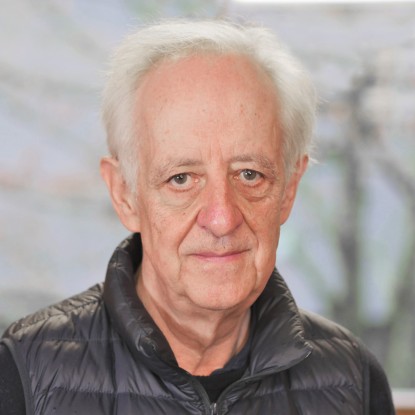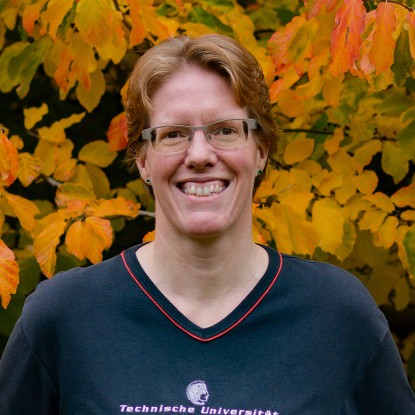The ABC of structure/function correlates in potassium ion channels
K+ channels catalyze the selective diffusion of potassium ions across membranes. They are universal and not only present in the plasma membrane of every cell but also in membranes of many organelles. Our laboratory uses biophysical, computational and molecular methods to understand the most basic structure/function correlates of these proteins. In the center of our activities are very small K+ channels from viruses, which represent in their minimalistic structure the architecture of the pore module of all known K+ channels. Their small size and robust function offer in combination with a high degree of structural diversity among natural variants of these proteins a unique system to uncover basic building principles of these channels. We are particularly interested in identifying the gates in these channels, e.g. the structural elements which determine the stochastic switching between conductive open and non-conductive closed states.
Engineering of channels with new functions
Our growing understanding of structure/function relationships in the small viral K+ channels paves the way for using them as a scaffold for the engineering of channels with new functional properties. In this way we construct light or ligand gated K+ channels as well as channels with altered voltage dependency conductance or intracellular trafficking properties.
Channel activity of a COVID-19 protein
Our long-standing interest in viral proteins with channel function has provided us with many tools to study their activity in cells. With the beginning of the current COVID-19 pandemics we employ this knowledge to understand the channel function of the envelop protein E from this virus and its relevance as a drug target.

We are members of noMAGIC
noMAGIC has the visionary goal of engineering genetically encoded ion channels, which can be remotely controlled (gated) by stimuli that penetrate deep into human tissue without negative side effects. The control over ion channel activity by deep penetrating stimuli will revolutionize research in neurobiology and physiology as it paves the way for remote and genuine non-invasive control of cell activity in vivo.





